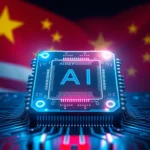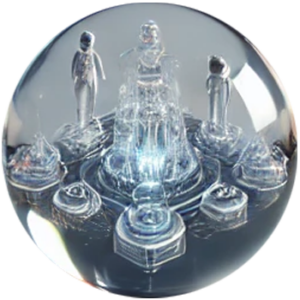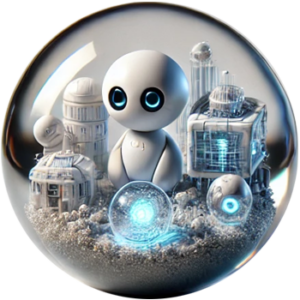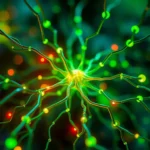Now Reading: AI in Healthcare Diagnostics: Enhance Patient Outcomes
-
01
AI in Healthcare Diagnostics: Enhance Patient Outcomes
AI in Healthcare Diagnostics: Enhance Patient Outcomes
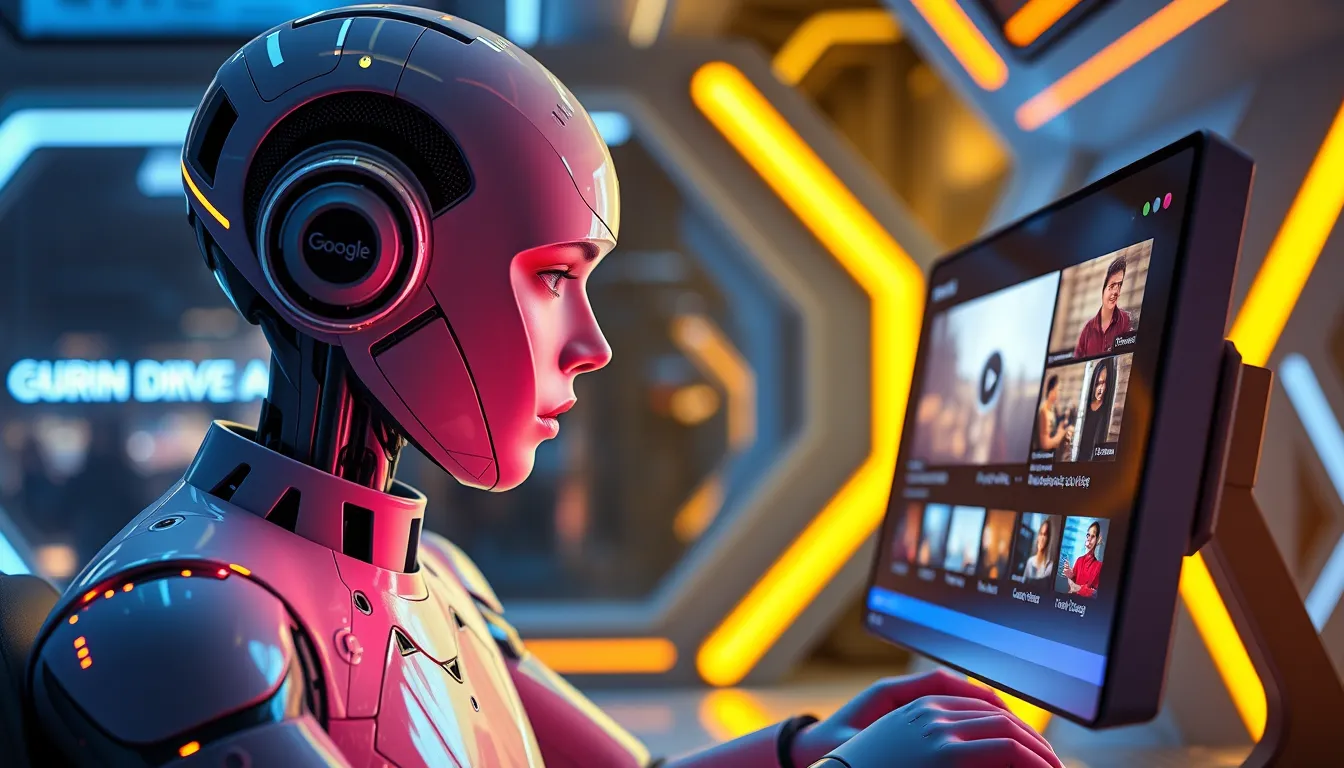
AI in Healthcare Diagnostics: Enhance Patient Outcomes
Introduction
The integration of AI in healthcare diagnostics is revolutionizing the way medical professionals approach patient care. With rapid advancements in technology, AI in healthcare diagnostics is now a critical tool in improving accuracy and speeding up the detection process. This transformation has significant implications for disease management and patient outcomes.
The Rise of AI in Healthcare
Over the past few years, the medical community has embraced various forms of artificial intelligence. As hospitals and clinics adopt cutting-edge tools, AI in healthcare diagnostics has become a cornerstone for effective disease detection. Some key benefits include:
- Enhanced accuracy in interpreting diagnostic images
- Reduced time in obtaining test results
- Early detection of diseases leading to better outcomes
- Streamlined workflow for healthcare professionals
By automating routine tasks, AI allows medical staff to concentrate more on patient care and less on administrative burdens. This shift is proving invaluable, particularly in understaffed or resource-limited settings.
How AI Improves Diagnostic Accuracy
One of the primary advantages of AI in healthcare diagnostics is its unparalleled ability to analyze medical images such as X-rays, CT scans, and MRIs. Machine learning algorithms can sift through thousands of images rapidly, identify patterns that may be overlooked by human eyes, and assist in predicting disease progression. For instance, research shows that algorithms can detect early stages of conditions like cancer with remarkable precision.
Key factors that drive these improvements include:
- Data-Driven Analysis: Algorithms are trained on vast datasets, increasing their diagnostic accuracy.
- Consistency: Unlike human diagnosis that may vary from one individual to another, AI maintains consistent performance.
- Speed: Quick processing of complex data helps in faster diagnosis, which is crucial in emergency situations.
Healthcare providers and technology innovators worldwide are committed to continually refining these algorithms. As the technology advances, the focus remains on ensuring that patients receive the most accurate and timely diagnoses possible.
Real-World Applications of AI in Diagnostics
AI is not just a futuristic concept—it is making tangible impacts in various medical fields. Here are some real-world applications:
- Oncology: Advanced AI systems are used to detect early signs of cancer, guiding treatment decisions. Leading research institutions have reported improved survival rates when using AI diagnostics.
- Cardiology: AI assists in interpreting cardiac imaging, helping cardiologists diagnose heart conditions more effectively. For more detailed information, please visit the American Heart Association.
- Radiology: With AI, radiologists can detect subtle changes in imaging data, significantly reducing oversight errors.
- Pathology: AI algorithms evaluate tissue samples, ensuring that abnormalities are identified promptly.
Furthermore, hospitals are increasingly collaborating with tech companies to improve the integration process. This collaboration ensures that AI tools are user-friendly and can be seamlessly incorporated into existing hospital systems.
Challenges and Future Directions
While AI in healthcare diagnostics offers numerous benefits, several challenges must be addressed to fully realize its potential. Key challenges include:
- Data Privacy: Ensuring patient data is protected during the AI analysis process is paramount.
- Regulatory Hurdles: Medical devices and software must adhere to strict guidelines to ensure safety and efficacy.
- Integration with Legacy Systems: Adapting existing medical infrastructure to embrace new technology can be complex and costly.
Despite these obstacles, the future of AI in healthcare diagnostics looks promising. Ongoing research and technological improvements are likely to overcome these challenges, paving the way for a more robust diagnostic ecosystem.
The Role of AI in Shaping Tomorrow’s Healthcare
Looking ahead, AI in healthcare diagnostics is expected to play an even larger role. Innovations such as wearable technology and remote monitoring are set to enhance patient engagement and enable real-time diagnostic updates.
For example, smart devices that monitor vital signs can communicate with AI systems to provide instant feedback about a patient’s condition, potentially saving lives in critical situations. As these technologies evolve, patients will benefit from more personalized and timely care.
Conclusion
In summary, AI in healthcare diagnostics is a transformative force that is reshaping medical practices across the globe. By increasing diagnostic accuracy and streamlining medical operations, AI is empowering healthcare professionals to deliver superior patient outcomes. Although challenges remain, the ongoing evolution of AI tools and the growing collaboration between technologists and healthcare providers promise a future of enhanced, efficient, and compassionate patient care.
Embracing these innovations will not only improve diagnostic processes but also set the stage for a healthier, more responsive healthcare system for all.
Remember, staying informed about the latest advancements and understanding the benefits and challenges of AI in healthcare diagnostics is crucial. The future of healthcare is here, and it is powered by intelligence that not only analyzes data but also elevates patient care to unprecedented levels.












